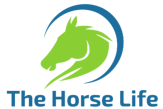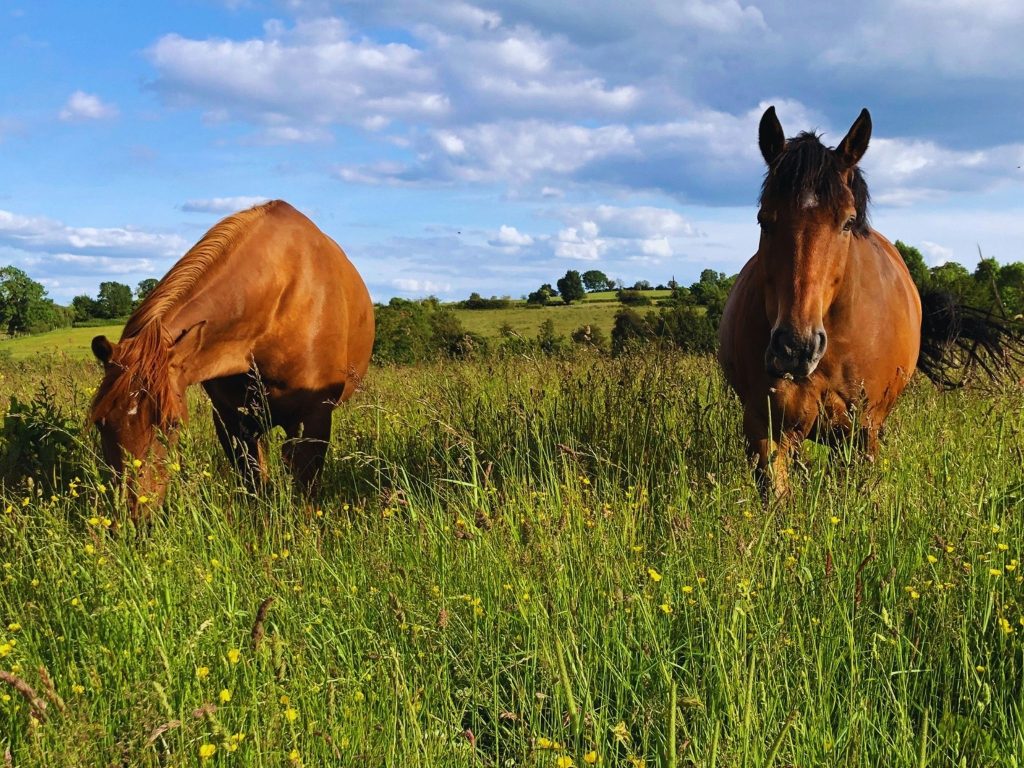
Summer Horse Feeding
With summer right around the corner, we wanted to give you some tips on how best to feed your horse this upcoming season.
We are going to discuss a horse feeding approach focused on the grass that your horse will be grazing over the summer months ahead.
Here at Forageplus, we specialise in carrying out scientific analysis of forage for all horse forages (grass, hay and haylage) to determine nutritional values. What these analysis results tell us, is that spring and early summer grass contains an increase in calories (digestible energy) and usually higher levels of protein.
Vitamin levels are often greatly improved, with vitamin E, a vitamin normally at very low levels in hay and haylage, very well supplied. Good digestible energy (DE), protein and improved nutritional quality often translate into your horse blooming and gaining some extra weight, which is when horse owners may knock the bucket feed on the head.
Is this the best course of action or does your field-kept horse still need to be supplementation with minerals balanced to the grass it eats?
Spring and Summer Horse Grazing
If you think about the hay and haylage your horse eats throughout the year, it is simply dried and preserved stalky grass. If this dried, preserved grass is not nutritionally balanced then the spring and summer grasses will also be imbalanced.
This is the same grass that will eventually be dried and preserved into a summer crop of hay or haylage that horses will eat throughout the autumn and winter months.
During the springtime, the grass growth is at its fastest due to the increased ambient temperatures and the longer, sunnier days. The grass is hard-wired to begin to flower, set seed and reproduce during this time.
This leads to the grass containing more calories, higher protein and increased levels of sugar and starch with each mouthful, which in turn will lead to an increase in weight for your horse. This increase in sugar and starch levels combined with an increase in weight is why laminitis is common during the late spring and early summertime, as opposed to the colder months.
Mature summer or dormant winter grass has a lot less energy, protein and overall digestibility when compared to the lush spring pasture. It will also tend to have more stable simple sugars and the concentration of key minerals such as magnesium tend to be lower with faster spring growth. Magnesium is an important mineral for metabolic health and may be especially relevant to laminitis prone horses.
While the spring and summer grass your horse is feeding on may provide an abundance of calories and increased protein levels, it is no more balanced in terms of its mineral profile than any other type of forage, making it detrimental to only rely on an increase in calories to maintain optimum equine health.
People often assume their horse is getting everything it needs if they are a good weight, but nothing could be further from the truth, feeding minerals matched to the grass is vital.
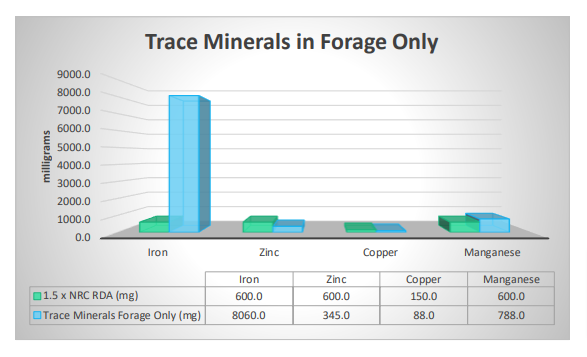
Supplementing Minerals to Horses in the Summer
As a horse owner, the best way to support your horse’s health is by making sure that the minerals in your horse’s diet are enough to support the common mineral deficiencies in spring and summer grass. Regardless of how well cared for your pasture is, there will always be low levels of certain minerals which over time can cause horse nutrition deficiencies.
Fast-growing pastures provide an abundance of calories for horses during the spring and summer. What is hard to come by, for a domesticated horse living in a relatively small area, is a well-balanced, diverse diet high in minerals.
When most of the diet is short of certain minerals and key minerals are imbalanced, then optimum health will be affected. The resilience of the skin, coat condition, hooves, tendons, ligaments, digestive system and proper metabolic function may not be maintained. This leads to a decrease in physical health and poor performance, especially for a working horse.
The Importance of Trace Minerals for Horses
Whilst most horse owners are aware of the importance of having major minerals in the correct ratios, they are less aware of the way that trace minerals contribute to the maintenance of the health and resilience of body systems.
The nutritionally important trace minerals include iron, iodine, copper, zinc, selenium, chromium and manganese. Full-blown, life-threatening deficiencies are rare but inadequate levels of some of these minerals can produce a variety of symptoms that are very familiar to horse owners. Two of the most common symptoms would be poor hoof quality, including a predisposition to thrush, and bleaching of the coat.
Black horses will often develop an orange tinge to the coat, bay horses will become dull and pale with a rich conker coloured chestnut fading to a pastel washed-out shade of orange. This bleaching of coat colour is due to poor copper reserves affecting the hair shaft and the protection created against UV light.
Immunity may also be affected, with allergies and increased reactions to insect bites and an increase in inflammatory reactions being common. When copper and zinc are imbalanced with iron and manganese, there can also be an inability to maintain robust tendons, ligaments and other connective tissues.
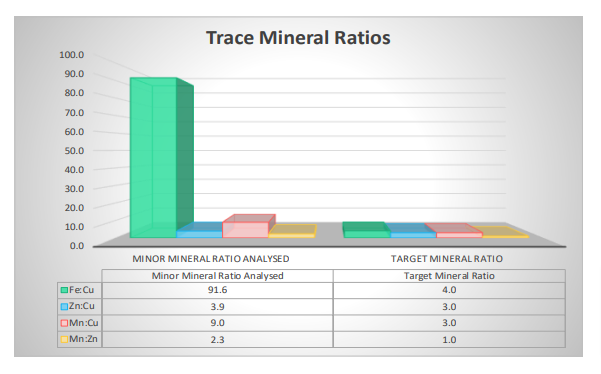
Zinc and copper deficiencies are extremely common in forage, with iron and manganese rarely being low and are often very high. High levels of iron or manganese will worsen the problem with zinc and copper, competing with them for absorption. Iodine levels are variable but are most often low, unless very close to the coast. Conversely, forages from alkaline soils usually have adequate selenium while all others are borderline to deficient.
Selenium is an interesting mineral and supplementation should be done with great care as high levels are very toxic to horses. In years where the summer has had high temperatures combined with drought, forages can become high in selenium. In general, there is usually an insufficiency of selenium in most horse diets.
How to Manage the Horse Pasture
Where horses are constantly grazing a pasture with very short grass and the soil is compacted from the weight of the horse, it becomes even more difficult to maintain hoof & skin health and to regulate the horse’s weight. The reason for this is that this type of pasture management leads to high levels of sugar being produced by the plant because it is sick and struggling to be healthy.
The soil becomes compacted which leads to shallow root depth of the grass and less root structure. This means less access to the minerals contained deeper within the soil and a less dense and smaller root system. Compaction of the soil also leads to less oxygen and space within the structure of the soil creating a challenging environment for beneficial soil organisms to thrive in.
The wrong soil organisms mean that the symbiotic relationship between the roots of the plants and soil micro-biome is compromised. The plant’s ability to harness the soil organisms and their beneficial micro-biome are affected. This means a reduction in the absorption of the correct nutrients in the correct proportions that create a healthy leaf and stem that the horses will eat.
A track system or pasture area which is never rested from horses will create problems where the soil conditions affect the health of the grass. This, in turn, affects the health of the horses which graze there.
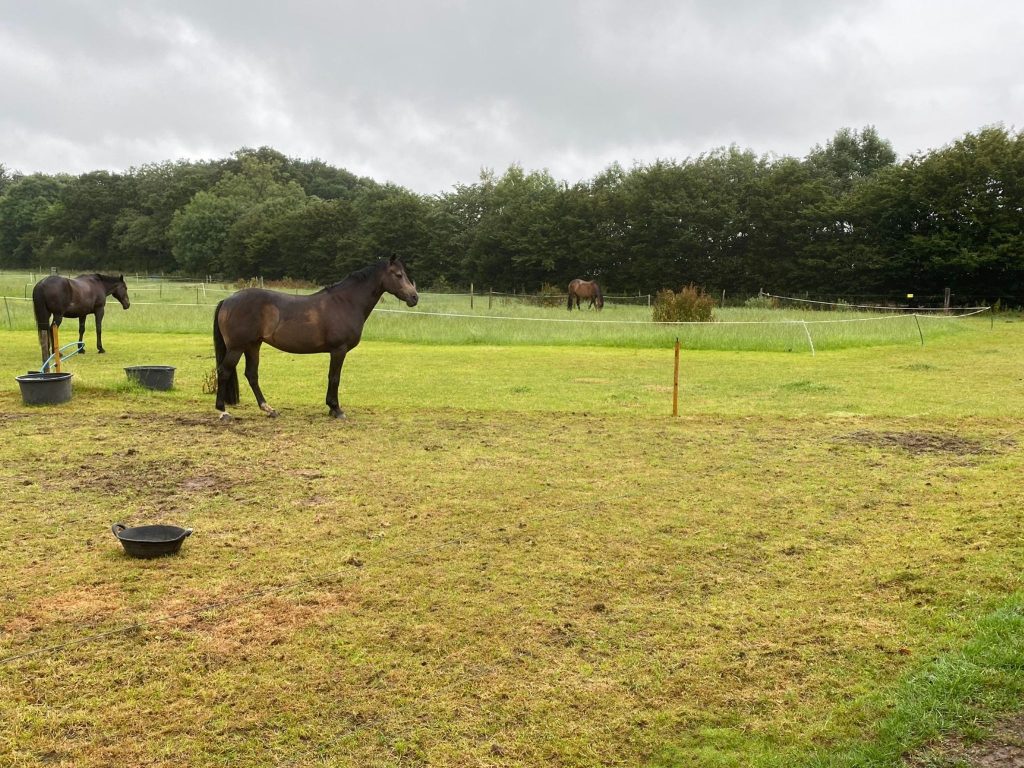
A forage analysis of the grass in these areas will frequently reveal major imbalances between the major minerals and also trace minerals. These imbalances in the horse’s food will then lead to imbalances within the horse’s body.
In order to prevent these mineral imbalances within the forage, the best practice is to simply mimic the migratory grazing which developed our grasslands in the first place. Naturally, migrating animals move from one area, once the length of the grass reaches around 2 inches onto a new area where the forage is longer. If we can replicate this type of grazing for our horses, then it will have a number of benefits.
This natural system of grazing will create soil that is far less compacted. The grass will have better leaf structure, root structure and lower sugar levels. The grazing will be cleaner. Grazing long grass prevents mouths and lips from being too close to the soil surface where they collect dirt and are exposed to micro-organisms on the soil surface which may not be beneficial. Short grass will result in the grass being dirty, increasing iron levels through soil consumption, and this is undesirable.
Unfortunately, even the most carefully managed pastures will still never be rich enough in diversity or large enough in geographical size to provide the diversity of plants to ensure mineral balance. This means that some form of supplementation will always be needed for horses to balance for optimum mineral ratios, even during summer horse feeding. Optimum ratios will allow for optimum absorption and lead to optimum health.
Horses have evolved to roam grasslands, selecting from a large variety of plants over vast areas, which would never suffer from overgrazing. Today’s domesticated horses are confined to smaller spaces with relatively narrow diets. This creates the need for careful horse feed balancing, to the grass grazed, so that optimum health is achieved.
How to feed your horse during the summer months
The only way to perfectly supplement and balance your horse’s diet will be through analysis of the grass and hay the horse is eating. This allows you to find out exactly what nutrition they are already getting from the biggest proportion of the diet.
Forage analysis of grass allows precise management of the ratios between minerals, which is especially important for compromised horses.
Horses that are in good health can better deal with imbalances and so are able to have a less precise approach. They still need a forage focused approach which starts with the grass they are eating but are likely to do well on a scientifical formulated, forage focused horse feed balancer that has been carefully matched to the common deficiencies found within the summer grass or hay.
At Forageplus, we have one of the largest forage analysis data sets, collated over many years, allowing us to carefully formulate and reformulate a range of forage focused balancers, suitable for all horses and ponies.
The science of analysis means that you can be confident that we base all our suggestions on thorough research and analysis of grass, hay and haylage from all over the UK and Europe.
Author:
Sarah Braithwaite, Owner and Director of Forageplus
